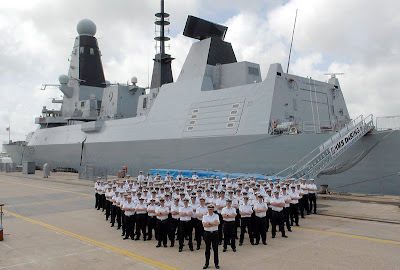 AS-350BA used for training in Royal Australia Navy (photo : Airliners)
AS-350BA used for training in Royal Australia Navy (photo : Airliners)
Ratheon Australia has been awarded an In Service Support contract for the Royal Australian Navy's (RAN) Squirrel helicopter fleet in a move to bring the support services for the fleet under a 'single more efficient and effective contract arrangement'.
Greg Combet, Minister for Defence Personnel, Material and Science made the announcement yesterday on behalf of the Defence Materiel Organisation (DMO).
Under the new contract, Ratheon will provide management, engineering, maintenance, and supply services for the fleet for the next five years, at an annual cost of $9.5 million. Included in the contract are four one year options to extend the arrangement, enabling In Service Support for the Squirrel fleet to be maintained until its planned withdrawal 'late in the next decade'.
 There are 13 AS-350BA still in service for training (photo : Airliners)
There are 13 AS-350BA still in service for training (photo : Airliners)
The RAN retains 13 Aerospatiale AS350BA Squirrel helicopters as training aircraft. Specifically, the fleet is used for 'lead in helicopter training. The training role includes the conversion of all Navy pilots to rotary wing flying, preparation of pilots for operational flying and flying observers and aircrewman for their basic utility training'.
The Squirrel fleet originally provided interim aviation capability for the RAN's Guided Missile Frigates, and served with all helicopter-cabable RAN ships during the 1991 Gulf War, providing shipping surveillance, top cover for merchant ship boardings, mine searches and light logistics support. The fleet was upgraded to AS350BA models in 1995, improving capability and performance until they were replaced by the S-70B-2 Seahawk in dedicated embarked operations capacity in 1997. The fleet had a short return to operations in 1999 as part of the RAN's contingent for the East Timor crisis. The fleet is based at HMAS Albatross in Nowra, on the NSW South Coast.
(Asian Military Review)










.gif)
.gif)
.gif)
.gif)
.gif)
.gif)











































